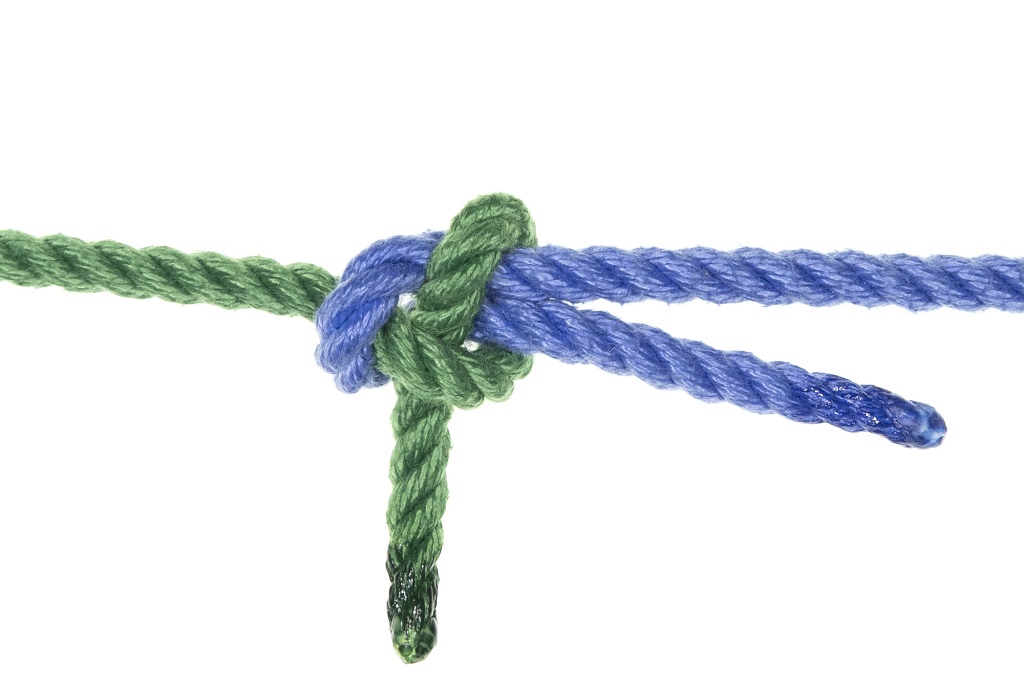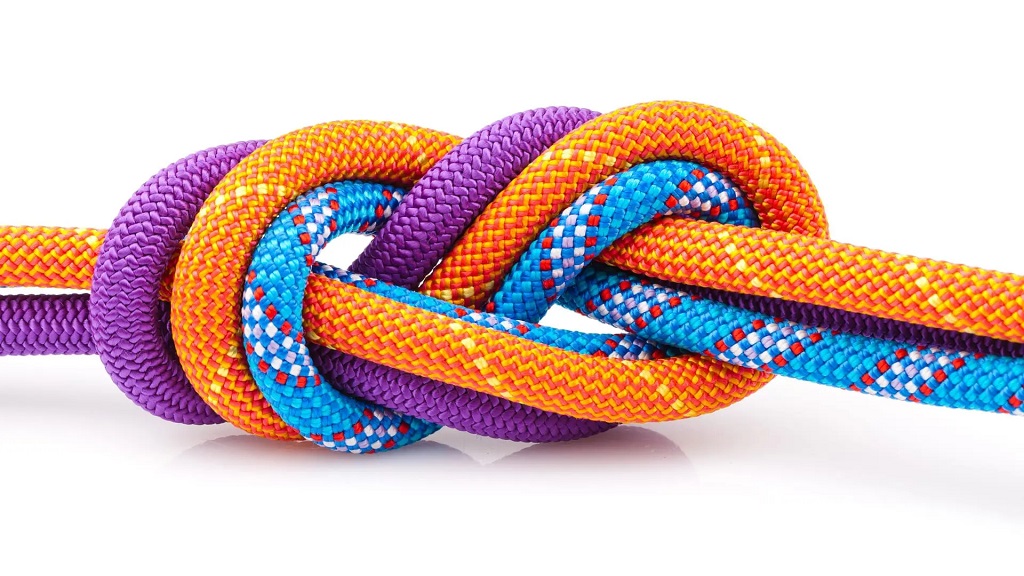When it comes to outdoor activities or various DIY projects, knowing how to tie two ropes together for pulling can be an invaluable skill. Whether you’re setting up a camping shelter, securing a load for transportation, or embarking on a rescue mission, the ability to join ropes effectively is crucial. In this guide, we’ll explore three essential knots that you can use to securely tie two ropes together for pulling.
The Double Fisherman’s Knot: A Strong and Reliable Option
The Double Fisherman’s Knot is a dependable choice when you need to join two ropes securely. This knot is known for its strength, durability, and resistance to slipping. Here’s how to tie it:
- Overlap the two ropes: Start by overlapping the two ropes by about 6 inches.
- Wrap the working end: Take the working end of the first rope and wrap it around both ropes two full turns.
- Pass the working end through: Pass the working end of the first rope back through these turns and pull tight.
- Wrap the second rope: Now, take the working end of the second rope and wrap it two full turns around both ropes.
- Secure the second rope: Pass the working end of the second rope back through these turns and pull tight.
- Trim the excess: Trim the excess rope, leaving about 1/2 inch of tail.
The Double Fisherman’s Knot is a reliable and user-friendly knot, which makes it a popular choice for a variety of purposes, including tree pulling rope.
The Sheet Bend Knot: Versatile and Easy to Manage
If you’re dealing with ropes of different diameters, the Sheet Bend Knot is an excellent choice. It’s strong, versatile, and relatively easy to tie and untie. Here’s how to tie it:
- Create a loop: Make a loop in the thicker rope.
- Pass the working end through: Take the working end of the thinner rope and pass it through the loop and around the thicker rope.
- Secure the knot: Pass the working end of the thinner rope back through the loop and pull tight.
- Trim the excess: Trim the excess rope, leaving about 1/2 inch of tail.
The Sheet Bend Knot is particularly useful when you need to combine ropes of different sizes for pulling or securing loads.
The Bowline Knot: A Versatile Knot with Many Uses
The Bowline Knot is a versatile knot that can be used not only to tie two ropes together but also to create a loop in a rope or even secure a rope around your waist. Here’s how to tie it:
- Make a loop: Start by making a loop in the rope, leaving a tail about 6 inches long.
- Thread the tail through: Pass the tail end of the rope through the loop and around the standing end of the rope.
- Secure the knot: Pass the tail end of the rope back through the loop and pull tight.
- Trim the excess: Trim the excess rope, leaving about 1/2 inch of tail.
While the Bowline Knot may be a bit more challenging to tie than the other two knots, it is incredibly versatile and worth learning.
Inspect and Test Your Knots
Once you’ve tied any of these knots, it’s essential to inspect them carefully to ensure they are secure. Pull on the ropes in opposite directions to test the strength of the knot. Safety should always be a top priority when using knots for any purpose.
Additional Tips for Tying Ropes Together for Pulling
Here are some additional tips to keep in mind when tying ropes together for pulling:
- Choose the right knot: Always use a knot that is rated for the weight of the ropes you are tying together.
- Well-lit area: Tie the knot in a well-lit area so that you can see what you are doing.
- Clean and dry ropes: Make sure that the ropes are clean and dry before tying them together.
- Avoid damaged ropes: Avoid tying knots in damaged or frayed rope.
- Inspect carefully: Inspect the knot carefully before using it, and test its strength by pulling on the ropes in opposite directions.
If you are unsure how to tie a particular knot, there are many resources available online and in libraries that can teach you how to do it.
Conclusion
Knowing how to tie two ropes together for pulling is a valuable skill for outdoor enthusiasts, DIY enthusiasts, and anyone who may need to secure or transport objects. The Double Fisherman’s Knot, Sheet Bend Knot, and Bowline Knot are all reliable options for this purpose. Remember to prioritize safety by selecting the right knot and thoroughly inspecting it before use.
FAQs
- Which knot is the strongest for tying two ropes together?
The Double Fisherman’s Knot is one of the strongest knots for tying two ropes together. It’s known for its durability and resistance to slipping.
- Can I use these knots for climbing purposes?
While these knots are strong, it’s crucial to use knots specifically designed for climbing when engaging in climbing activities. Safety should always be the top priority.
- Are these knots easy to untie?
The Double Fisherman’s Knot and Sheet Bend Knot are relatively easy to untie, while the Bowline Knot may require a bit more effort to undo.
- Can I use these knots for marine applications?
These knots can be used for marine applications, but it’s essential to consider the specific requirements and conditions of your marine activity. Consult with experts if needed.
- Where can I find resources to learn more about knot tying?
You can find resources on knot tying in books, online tutorials, and outdoor enthusiast communities. Websites and videos dedicated to knots are also valuable sources of information.



